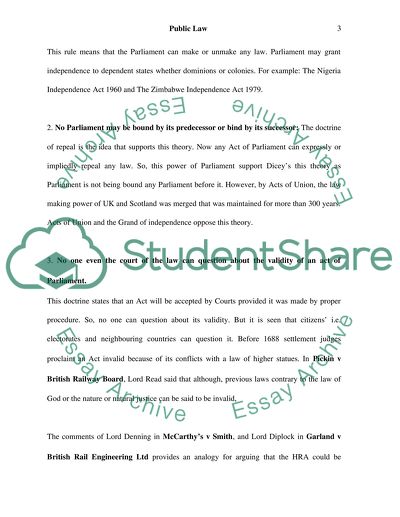Cite this document
(“Public Law (Human Rights) Essay Example | Topics and Well Written Essays - 1500 words”, n.d.)
Public Law (Human Rights) Essay Example | Topics and Well Written Essays - 1500 words. Retrieved from https://studentshare.org/miscellaneous/1532699-public-law-human-rights
Public Law (Human Rights) Essay Example | Topics and Well Written Essays - 1500 words. Retrieved from https://studentshare.org/miscellaneous/1532699-public-law-human-rights
(Public Law (Human Rights) Essay Example | Topics and Well Written Essays - 1500 Words)
Public Law (Human Rights) Essay Example | Topics and Well Written Essays - 1500 Words. https://studentshare.org/miscellaneous/1532699-public-law-human-rights.
Public Law (Human Rights) Essay Example | Topics and Well Written Essays - 1500 Words. https://studentshare.org/miscellaneous/1532699-public-law-human-rights.
“Public Law (Human Rights) Essay Example | Topics and Well Written Essays - 1500 Words”, n.d. https://studentshare.org/miscellaneous/1532699-public-law-human-rights.


